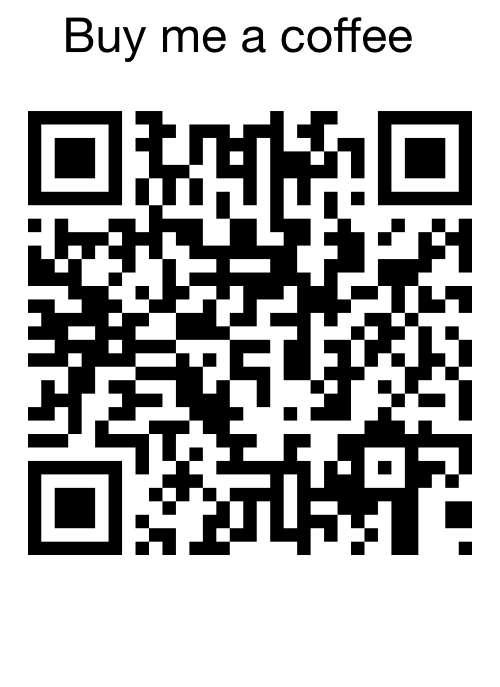Just One Hour of Screen Time Increases Risk of Nearsightedness
By Dennis Thompson HealthDay Reporter
TUESDAY, Feb. 25, 2025 -- Each hour a person spends squinting into a smartphone or staring at a screen increases their risk of nearsightedness, a new evidence review suggests.
Every daily one-hour increment in digital screen time is associated with 21% higher odds of myopia, researchers reported recently in JAMA Network Open.
What’s more, the risk continues to increase as more time each day is spent with screens, researchers found.
“Myopia risk increased significantly from 1 to 4 hours of screen time and then rose more gradually thereafter,” the research team led by Young Kook Kim, an associate professor of ophthalmology with the Seoul National University College of Medicine in South Korea, wrote.
The risk of nearsightedness is doubled for people who spend four or more hours with a screen every day, results show.
The review suggests a “potential safety threshold of less than 1 hour per day of exposure, with an increase in odds up to 4 hours,” the researchers concluded.
By 2050, nearly one-half of the world’s population is expected to be nearsighted, researchers said in background notes.
Nearsightedness is when close-up objects look clear but distant objects appear blurry, according to the American Academy of Ophthalmology.
For example, a nearsighted person can read a map but has trouble seeing well enough to drive a car without glasses or contacts.
“The projected surge in myopia cases is likely fueled by environmental factors prevalent in urbanized societies, with major contributors being increased near-vision activities and reduced outdoor time,” researchers wrote.
Smartphones, tablets and other screens have “introduced new forms of near-work activity,” researchers said.
"As children increasingly embrace smart devices at younger ages and spend more time on digital screens, there is an urgent need to better understand the association of digital screen time with myopia,” researchers said.
For the new paper, researchers pooled data from 45 prior studies involving more than 335,000 people.
The data showed a significant dose-response association. In other words, the more time people spent with screens, the greater their risk for nearsightedness.
This risk is independent of other activities that require people to work their near vision, like reading or writing, researchers said.
“It is also likely that digital screen use and other near-vision tasks collectively contribute to myopia risk, potentially influencing the overall dose-response trend,” researchers said.
“This suggests that simply reducing screen time in favor of traditional near-vision activities may not be an effective prevention strategy,” researchers added. “A more effective approach to the mitigation of myopia risk would involve minimizing overall near-work activities while promoting increased outdoor time.”
Sources
Disclaimer: Statistical data in medical articles provide general trends and do not pertain to individuals. Individual factors can vary greatly. Always seek personalized medical advice for individual healthcare decisions.
Source: HealthDay
Posted : 2025-02-26 00:00
Read more

Disclaimer
Every effort has been made to ensure that the information provided by Drugslib.com is accurate, up-to-date, and complete, but no guarantee is made to that effect. Drug information contained herein may be time sensitive. Drugslib.com information has been compiled for use by healthcare practitioners and consumers in the United States and therefore Drugslib.com does not warrant that uses outside of the United States are appropriate, unless specifically indicated otherwise. Drugslib.com's drug information does not endorse drugs, diagnose patients or recommend therapy. Drugslib.com's drug information is an informational resource designed to assist licensed healthcare practitioners in caring for their patients and/or to serve consumers viewing this service as a supplement to, and not a substitute for, the expertise, skill, knowledge and judgment of healthcare practitioners.
The absence of a warning for a given drug or drug combination in no way should be construed to indicate that the drug or drug combination is safe, effective or appropriate for any given patient. Drugslib.com does not assume any responsibility for any aspect of healthcare administered with the aid of information Drugslib.com provides. The information contained herein is not intended to cover all possible uses, directions, precautions, warnings, drug interactions, allergic reactions, or adverse effects. If you have questions about the drugs you are taking, check with your doctor, nurse or pharmacist.
Popular Keywords
- metformin obat apa
- alahan panjang
- glimepiride obat apa
- takikardia adalah
- erau ernie
- pradiabetes
- besar88
- atrofi adalah
- kutu anjing
- trakeostomi
- mayzent pi
- enbrel auto injector not working
- enbrel interactions
- lenvima life expectancy
- leqvio pi
- what is lenvima
- lenvima pi
- empagliflozin-linagliptin
- encourage foundation for enbrel
- qulipta drug interactions
